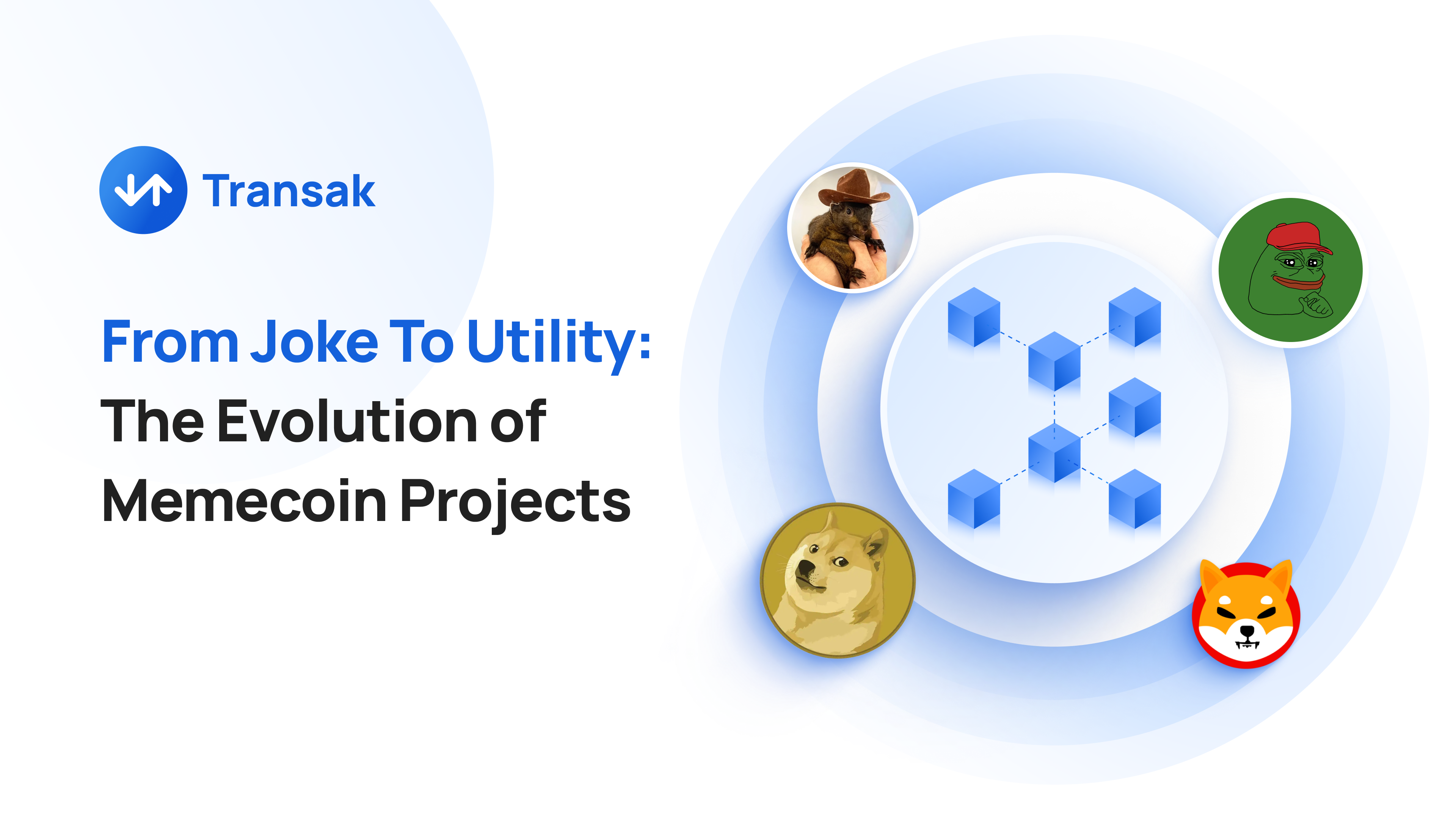Whether or not the maxis agree, meme coins have been playing an unignorable part in cryptocurrency adoption. While most meme coins lack utility, they are still intriguing because they tap into human psychology, community building, and the power of virality.
Popular meme coins like Dogecoin (DOGE) exemplify what internet culture can be on the blockchain.
Over time, the meme coin landscape has evolved a lot. Newer meme coins like MOODENG and PNUT are changing to offer far more than viral novelty. As they evolve, meme coin projects can become catalysts for sustainable ecosystems, driving community engagement, decentralized finance (DeFi) services, and genuine economic value.
The DOGE Effect
DOGE, while not the first meme coin, is certainly the biggest catalyst for the meme coin frenzy.
Dogecoin has already shown that community enthusiasm can be converted into real-world impact. What began as a lighthearted nod to an internet meme turned into a multi-billion-dollar asset class.
The vibrant DOGE community, united by humor and inclusivity, began funding charitable causes, sponsoring sporting events, and raising money for nonprofits.
This community-driven ethos laid the foundation for how meme coins could leverage collective action to build something more tangible than hype.
Rising Utility In Meme Coins
Following Dogecoin’s success, a new generation of meme coins emerged, each trying to carve out its own niche.
PEPE, launched in 2023 with no formal affiliation to the original Pepe the Frog meme, captured headlines when it soared to a billion-dollar market cap within weeks. While the early interest in PEPE was largely speculative, developers and community members have since sought to channel this momentum into creating staking opportunities, liquidity pools, and community governance frameworks.
The result? Holders are not merely passive investors chasing the next price spike; they are increasingly participants in shaping the coin’s utility, governance decisions, and future roadmap.
The case study of SHIB is another instance of how a meme coin turned into a vibrant community, the “SHIB Army”, making a real-world impact.
In July 2021, ShibaSwap, a decentralized exchange (DEX) similar to Uniswap, was launched. This allowed for the trading of SHIB and related tokens like LEASH and BONE, giving SHIB a practical use case within the DeFi space. Users could stake their tokens to earn rewards, adding value to holding SHIB.
SHIB has expanded into the NFT sector with projects like Shiboshi NFTs, which are unique digital art pieces, and the introduction of games like "Shiba Eternity." These initiatives provide utility by integrating SHIB into digital collectibles and gaming economies, where it can be used for transactions or as in-game currency.
MOODENG, while initially a meme coin driven by the viral popularity of a baby hippo named Moo Deng, is evolving to incorporate several use cases that extend beyond its meme status.
Conclusion
Memecoins like MOODENG, PNUT, and PEPE indeed follow the pattern of starting as fun, community-driven projects, but they show varying degrees of evolving utility.
Ultimately, while meme coins may not redefine blockchain technology, their cultural impact and ability to onboard users to web3 ecosystems make them an essential part of the narrative.

